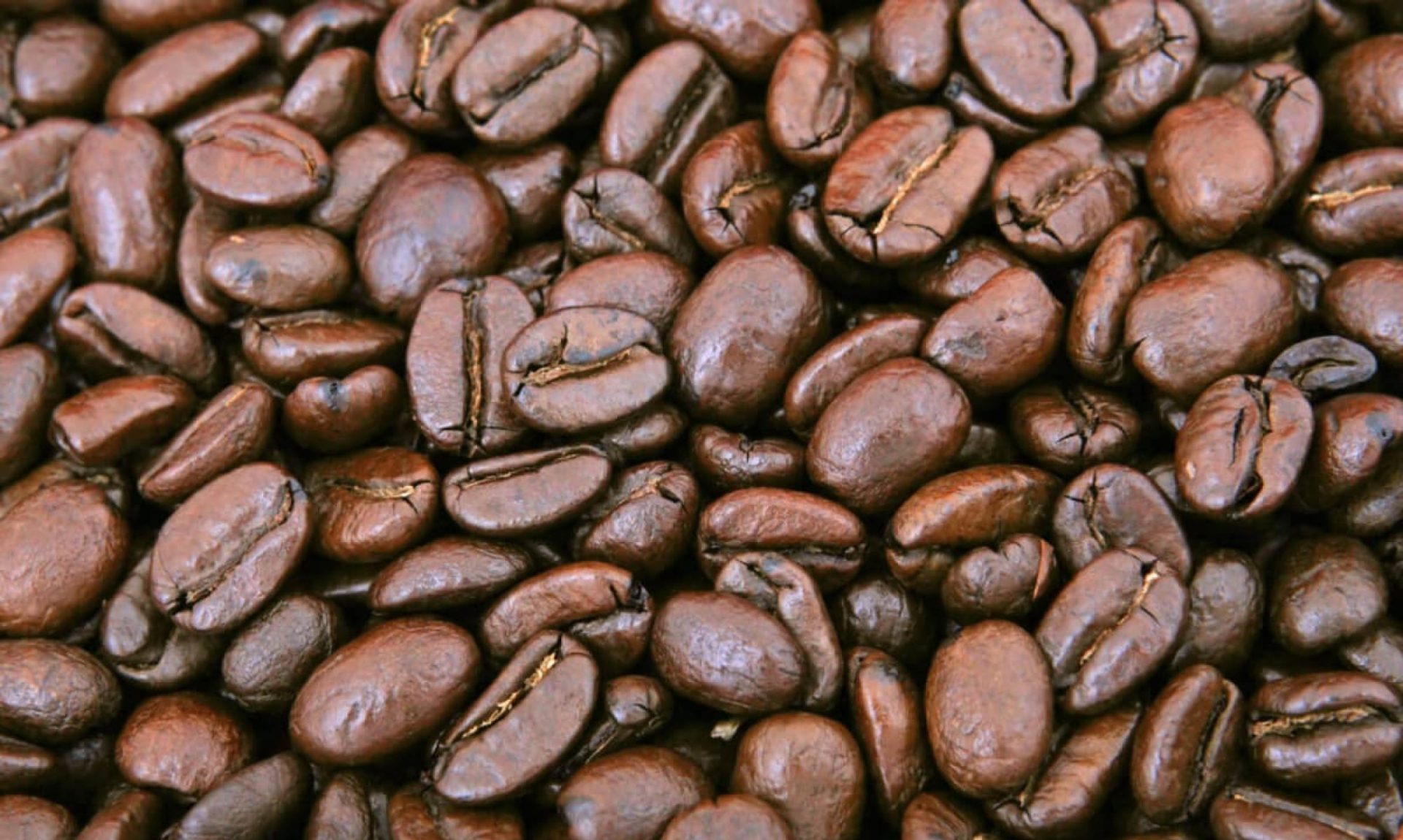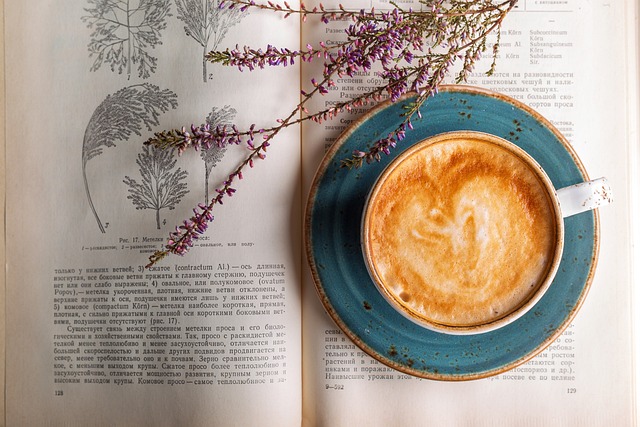Whether you’re painting a room or embarking on a full-scale home renovation, tackling such projects requires energy, focus, and determination. Enter the unsung hero of DIY endeavors – coffee! This popular beverage offers numerous benefits that go beyond its delicious taste, making it an essential companion for those grueling hours spent revamping your living space. In this blog post, we explore the ways in which coffee can enhance your productivity, creativity, and overall experience while working on various home improvement tasks.
Boosting energy levels
Physical activities like moving furniture, sanding surfaces, or even carrying heavy tools can drain your energy quickly. A well-timed cup of coffee can provide a much-needed caffeine boost to keep you going strong throughout the day. The stimulating effects of caffeine help increase alertness and reduce fatigue, allowing you to maintain optimal performance as you tackle each task with renewed vigor. Just remember to consume coffee in moderation and stay hydrated to avoid potential adverse side effects.
Enhancing mental clarity
Home improvements often involve complex problem-solving skills, especially when dealing with unexpected challenges along the way. Drinking coffee has been shown to improve cognitive function, including memory, mood, and reaction time. These mental advantages can aid decision-making processes and enable better multitasking abilities, ensuring smoother progression through your project timeline.
Encouraging Creativity
Transforming a space requires more than just physical labor; it also involves tapping into your creative reserves. Fortunately, coffee may foster innovative thinking by promoting neural connections within the brain. As you sip on your favorite brew, you might find yourself contemplating unique design ideas or discovering inventive solutions to decorate or optimize your newly refurbished area.
Building community
Working on home improvements is not always a solitary pursuit – sometimes, enlisting friends or family members to lend a hand makes the job easier and more enjoyable. Sharing a pot of freshly brewed coffee creates opportunities for bonding, conversation, and collaboration, transforming what could have been a mundane chore into quality time spent together. Additionally, offering refreshments to any professionals assisting with your project (e.g., contractors, electricians) demonstrates appreciation and fosters positive relationships.
Promoting break time
Taking regular breaks is crucial for maintaining peak productivity and preventing burnout. By incorporating coffee into your break schedule, you create natural pauses that allow both body and mind to recharge. Use these moments to step back from your work, assess progress, plan next steps, or simply engage in lighthearted banter with colleagues or loved ones. Doing so will ultimately lead to higher efficiency and satisfaction upon completing your project.
Conclusion
From providing an energetic pick-me-up to encouraging social interaction, coffee proves itself an indispensable ally during home improvement projects. So before diving headfirst into that next big undertaking, consider brewing a pot of your favorite blend. You might just find that the perfect cup of joe helps make even the most daunting tasks feel manageable – one delightful sip at a time.

